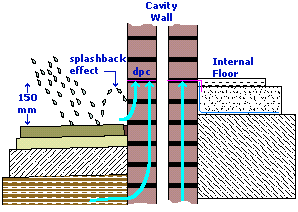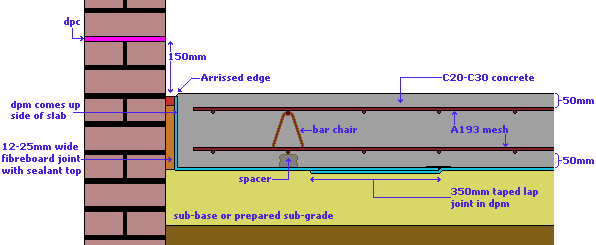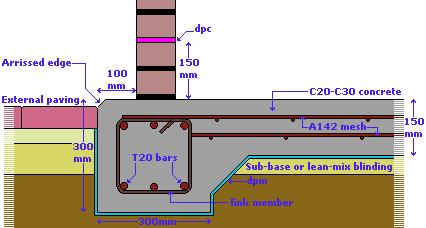Hi
Thinking of building my own garage and have a million questions. Here is my first one, hope its not a stupid one to ask.
You normally want your damp course to be 6" above the ground as I understand it (about 2 courses of bricks). When you lay foundations I see people often stop the foundations low and lay a couple of courses below ground level so that by the time you get to damp course level you have laid 4 courses. Why is this done? Why not just get your foundations to as close as possible to ground level and then just lay two courses? OR if it is to do with uneven ground levels just lay one course under ground level; surely foundations are much easier way to gain height than laying loads of brick courses under ground level, bending over and all
Please enlighten me.
Thinking of building my own garage and have a million questions. Here is my first one, hope its not a stupid one to ask.
You normally want your damp course to be 6" above the ground as I understand it (about 2 courses of bricks). When you lay foundations I see people often stop the foundations low and lay a couple of courses below ground level so that by the time you get to damp course level you have laid 4 courses. Why is this done? Why not just get your foundations to as close as possible to ground level and then just lay two courses? OR if it is to do with uneven ground levels just lay one course under ground level; surely foundations are much easier way to gain height than laying loads of brick courses under ground level, bending over and all
Please enlighten me.





